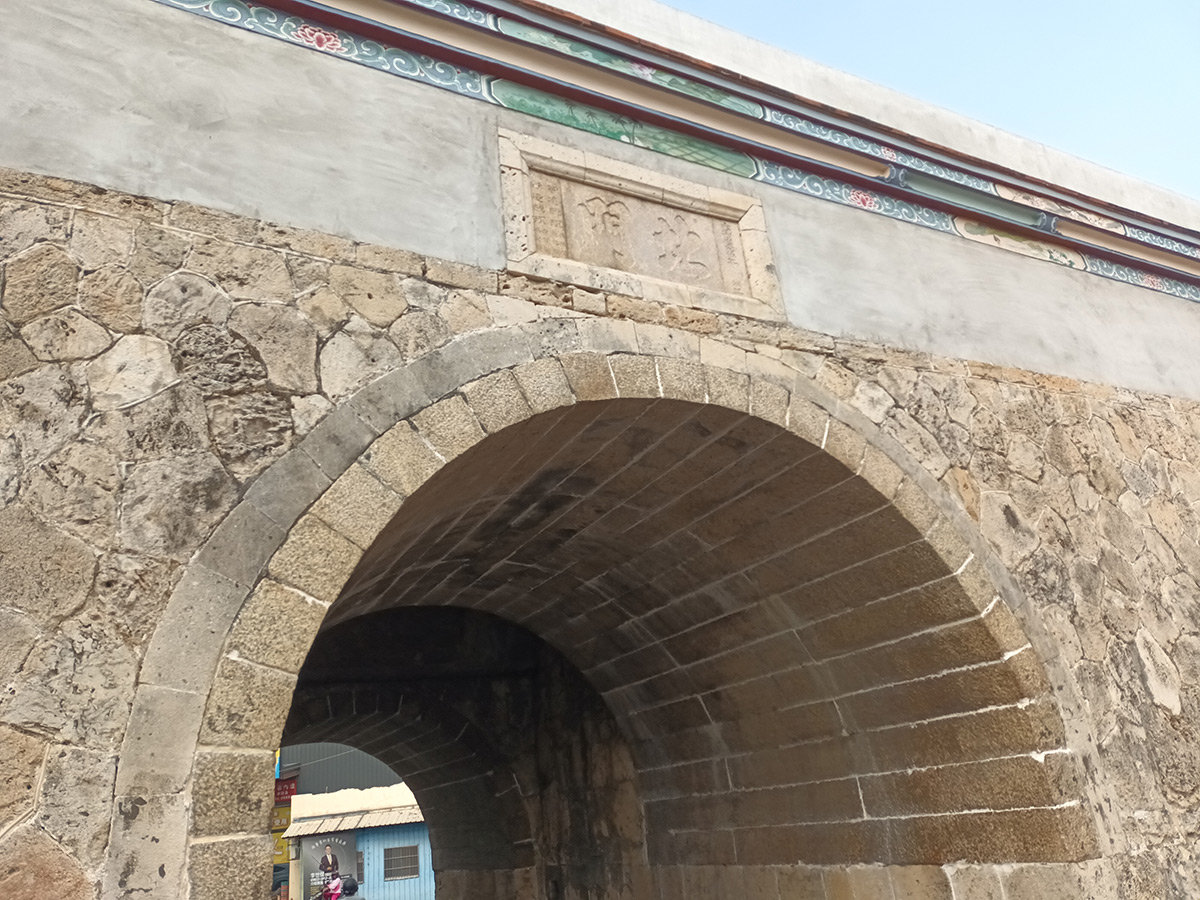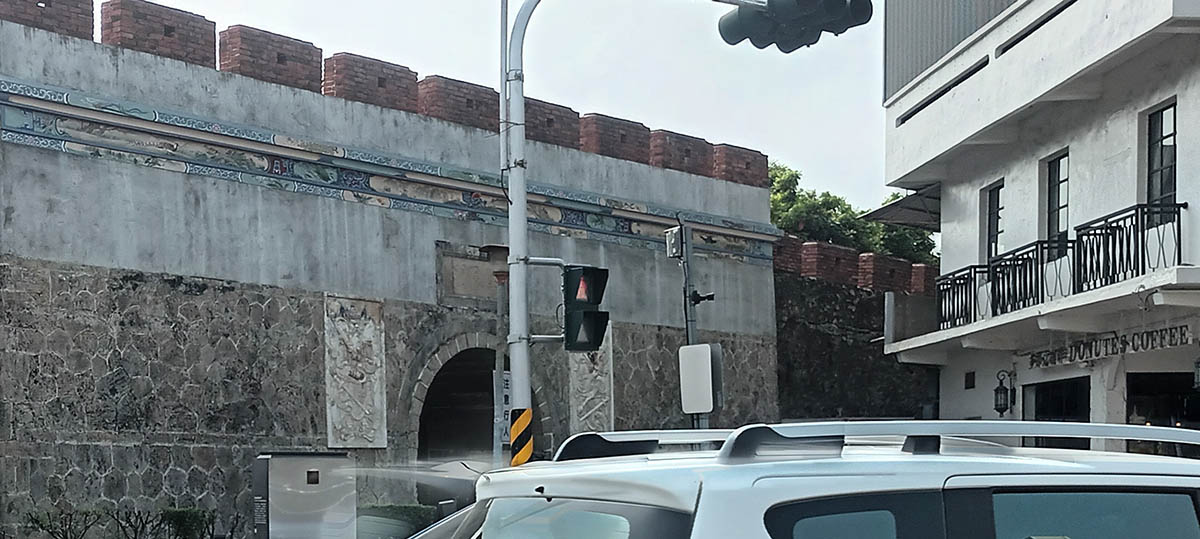The North Gate with an Imperial Demeanor
文、攝影/張雅庭
高雄,一個大家只要講到旅遊聖地都名列前茅,地區大到3天3夜都走不完的城市。有著許多古蹟、美食、自然景點及充滿人情味的地方。這次就讓我們來一探究竟左營區,雖然左營鄰近高雄市中心,非常的現代化,但只要一踏進鳳山縣舊城,就彷彿穿越時間般,一瞬間來到了充滿歷史的回憶裡,也能意外的發現左營不同的樣貌。
Kaohsiung is the city that comes to mind whenever people talk about tourist attractions, and boasts an area so large that visitors cannot travel to all the spots in just three days and nights. It has lots of historic sites, culinary delights, and natural zones. It is also a friendly city where visitors can fit in easily. This time, let us visit the Zuoying District. Although it is near downtown and very modernized, visitors who step into the Zuoying Old City of Fengshan will feel that they are, traveling through time, where they are transported to memory-filled history in an instant,and provided the opportunities to discover the different looks of Zuoying.
左營舊城一共有四個城門,東門、南門、西門、北門,還有城內空間五個主要區域。這次先來介紹離龍虎塔最近的北門。現已被列為中華民國國定古蹟。
The Zuoying Old City has four gates, which include the East Gate, South Gate, West Gate, North Gate, and inner gate space. Let’s begin by introducing the North Gate, close to the Dragon and Tiger Pagodas, and one that is now listed as a national monument of the Republic of China.
北門又稱拱城門,有著「為政以德,譬如北辰,居其所,而眾星拱之。」的涵義存,出自於孔子的《論語·為政》。其意思指當國家政治者以德施政善待百姓並取得其信賴,就像北極星一樣,安居其所,其他的星辰也就會井然有序地環繞著。北辰即為北極星,自古以來就被視為帝王之星,用以比喻四方歸心之意。
The North Gate is also called Gongcheng Gate. It has the special meaning of "Power reigning is most valued with the northern star to direct the governance direction among people", which was excerpted from the "Power Reigning Theme" of the Analects of Confucius. Briefly speaking, this sentence signifies national politicians treating the people well and gaining their trust through virtuous governance, like the North Star settling in its place and other stars surrounding it in an orderly manner. Beicheng literally means the northern star and represents the star of the empire in ancient times, having a meaning of the support of people everywhere.

北門的外側有著兩尊泥塑彩繪門神,雖然被磨損的很嚴重,但走進欣賞一番,還是能看到其衣服上的精巧花紋。左側是神荼,右側是鬱壘。其設置與北門附近的地理環境有關。傳說過去北門郊外朝北的店仔頂曾是墳葬地、刑場的所在地。由於北方在風水上被認為是不祥之地,因此為了辟邪防災,特地在外壁上雕刻出門神。
Outside the North Gate, you can see both sides embossed with gray Door Gods. Although there have been serious abrasions, when you come up next to the Door Gods, you can still see the exquisite patterns of their apparel. The Door Gods on the right side is Shengtu, and that on the left side is Yulei. The setting is related to the geography near the North Gate. In the past, the shops outside the North Gate where were cemeteries and execution grounds were. Since the north is considered an unlucky place in Feng Shui, Door Gods were specially carved on the outer walls in order to ward off evil spirits and prevent disasters.those would have to be imported from China. The same happened with timber since sawmills were unavailable. Even well into the Japanese era, timber was still imported since the best Taiwanese cypress and other trees were exclusively reserved for the Japanese market. The only locally procured materials were clay bricks, coral limestone, and lime. As for the people who built them, masters and craftsmen were also from China, and that’s why these houses display a traditional southern Chinese style.
其實四個城門是能連成一條線去參訪的,下次不妨趁陽光美好的日子裡,出去走走探訪四個城門,感受一下古代建築的巧奪天工之處,沐浴在懷舊的氛圍之中吧!
The four gates can be connected into a travel route. Next time, feel free to take advantage of the beautiful sunshine and visit the four gates, feel the extraordinariness of ancient architecture, and bathe in a nostalgic atmosphere!

